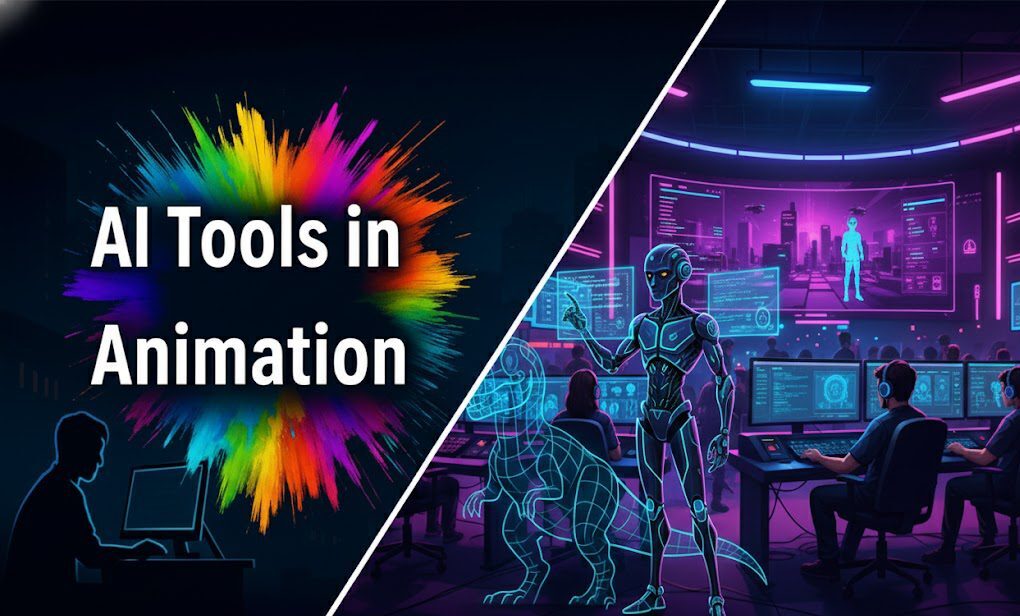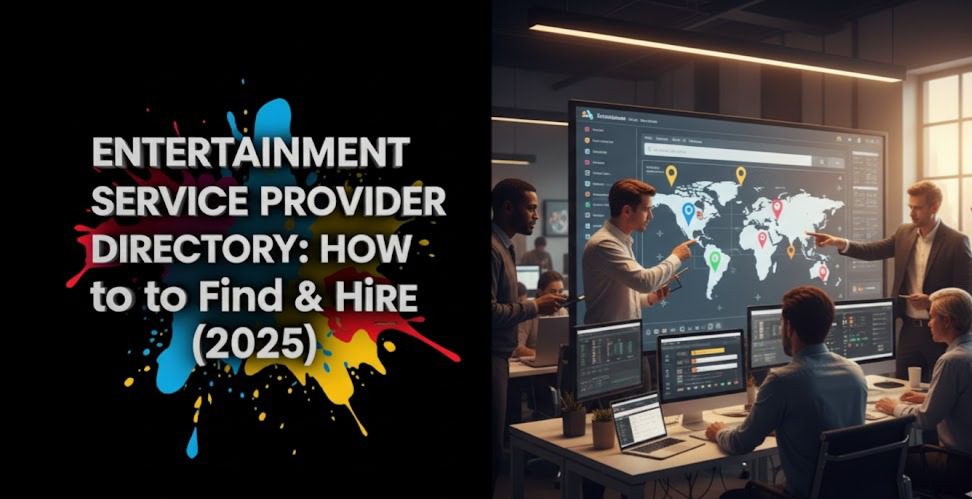Introduction
The art of Article Adaptation in Film and TV has gained momentum in recent years, transforming captivating real-world stories into compelling scripted content. Whether it’s a groundbreaking news article, a human interest piece, or investigative journalism, adapting articles into film or TV scripts brings powerful narratives to life. But how does this process work? What makes certain articles prime for adaptation? And how can industry professionals discover, qualify, and secure the best partners for these adaptations?
In this comprehensive guide, you’ll learn:
- What Article Adaptation means in Film and TV
- The step-by-step process of adapting articles into screen content
- Examples of notable article-to-screen adaptations
- Challenges and opportunities in the adaptation process
- How platforms like Vitrina can streamline the process by helping you find the right partners and projects
By the end of this article, you’ll have a clear understanding of how Article Adaptations work and how to leverage industry tools to make your next adaptation project a success.
Unlock Global Projects with Vitrina Tracker

What is Article Adaptation?
Article Adaptation refers to the process of transforming written articles — typically from newspapers, magazines, or digital publications — into scripted content for film, TV, or streaming platforms. These articles often cover real-life stories, investigative reports, or human interest topics that offer rich, cinematic narratives.
The adaptation process involves obtaining rights to the article, developing the story into a screenplay, and aligning with production partners to bring the project to life.
Why Articles are Adapted into Film and TV?
Articles offer unique benefits for film and TV adaptations:
- Authentic Stories: Real-world events often carry built-in emotional weight and audience interest.
- Pre-validated Concepts: Popular articles already have an audience, making them attractive for adaptation.
- Timely and Relevant: Many articles tackle trending topics, giving productions cultural relevance.
- Journalistic Research: Articles are often deeply researched, providing solid foundations for screenplays.
How Does Film Project Tracking Work?
Film project tracking tools aggregate data from various sources such as trade publications, studio announcements, production house updates, and market trends. Platforms like Vitrina’s Global Film+TV Projects Tracker take this a step further by:
Find the Perfect Adaptation Partners on Vitrina

How Article Adaptations Work
The process of Article Adaptation follows several key steps:
- Rights Acquisition: Negotiating and securing adaptation rights from the article’s author or publication.
- Development: Collaborating with screenwriters to transform the article into a screenplay or treatment.
- Partner Identification: Finding producers, financiers, and distributors to back the project.
- Pre-Production: Budgeting, casting, and location scouting.
- Production: Filming and creating the content.
- Distribution & Release: Bringing the final product to audiences through theatrical, streaming, or TV platforms.
Notable Article Adaptations in Film & TV
Several critically acclaimed films and TV shows have been adapted from articles, including:
- Argo (2012) – Based on the Wired article “The Great Escape” by Joshuah Bearman
- The Bling Ring (2013) – Adapted from Nancy Jo Sales’ Vanity Fair article “The Suspects Wore Louboutins”
- American Hustle (2013) – Inspired by the New York Magazine article “The Sting-Man” by Robert W. Greene
- Inventing Anna (2022) – Based on Jessica Pressler’s New York Magazine article “How Anna Delvey Tricked New York’s Party People”
Challenges in Article Adaptation
While Article Adaptations offer unique storytelling opportunities, they come with challenges such as:
- Rights Negotiations: Securing adaptation rights can be complex and time-consuming.
- Creative Interpretation: Balancing journalistic accuracy with creative freedom.
- Ethical Considerations: Depicting real people and sensitive topics responsibly.
- Finding the Right Partners: Identifying production companies and distributors that align with the project’s vision.
How Vitrina Helps with Article Adaptations
Vitrina makes the entire Article Adaptation process more efficient by providing:
- Global Partner Discovery: Access to over 100,000 production houses, financiers, and distributors.
- Verified Contacts: Connect directly with decision-makers, including producers and development execs.
- Project Tracking: Monitor similar adaptations in development through the Vitrina Global Film+TV Projects Tracker.
- Market Intelligence: Get insights into trending topics and competitors’ adaptation strategies.
With Vitrina, you can quickly qualify partners, secure outreach opportunities, and ensure your adaptation project reaches the right collaborators.
Key Takeaways
- Article Adaptations are a rising trend in Film and TV, offering authentic, pre-validated stories.
- The adaptation process requires securing rights, developing scripts, and finding partners.
- Challenges include legal negotiations, ethical considerations, and partner discovery.
- Vitrina simplifies the adaptation journey with partner discovery, project tracking, and direct outreach tools.
Frequently Asked Questions
Investigative reports, human interest stories, and cultural trend pieces often translate well into scripted content.
The timeline varies but typically ranges from 12-24 months from rights acquisition to release.
Yes, platforms like Vitrina help small and mid-sized production companies discover and connect with adaptation projects.






































